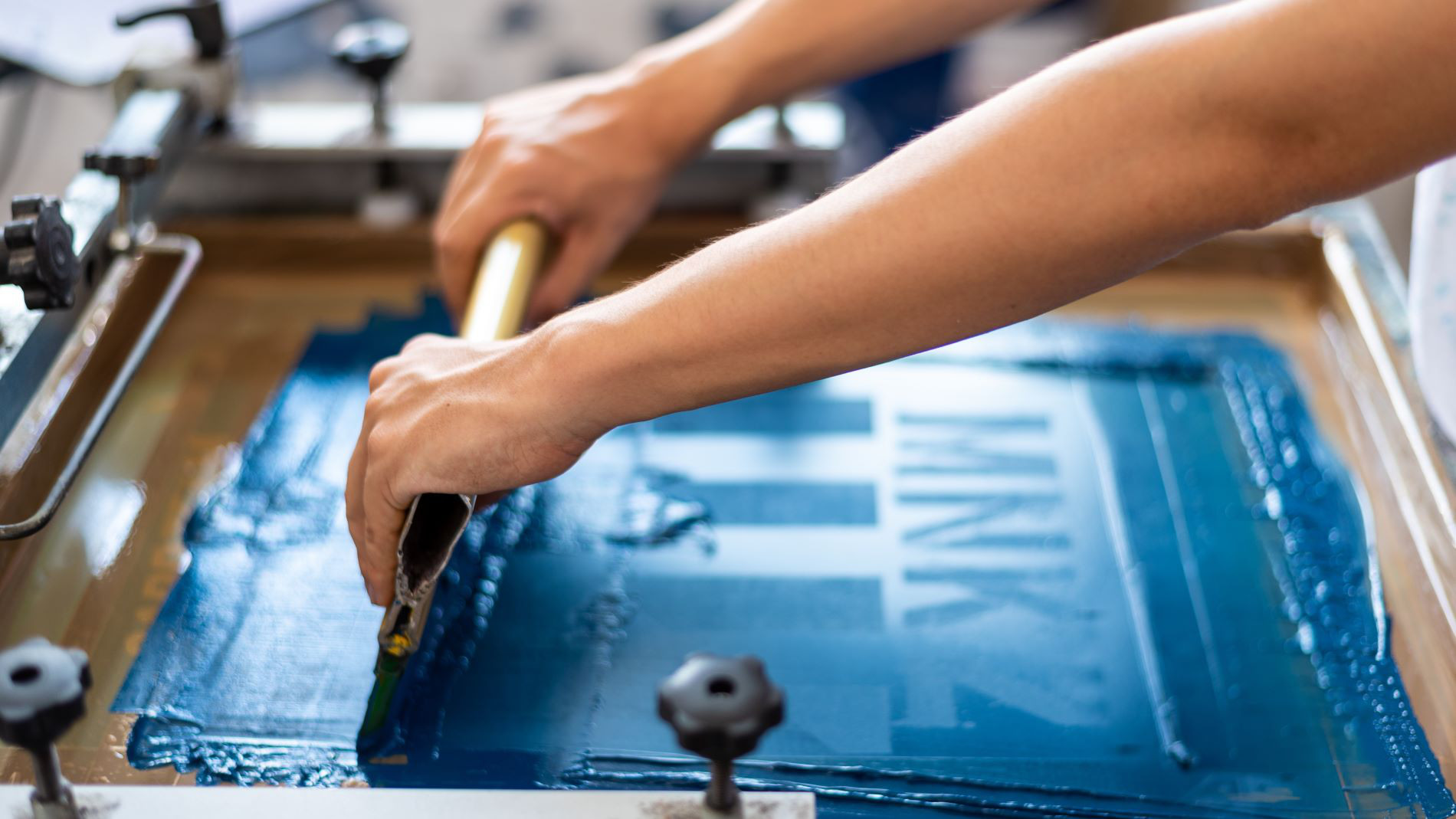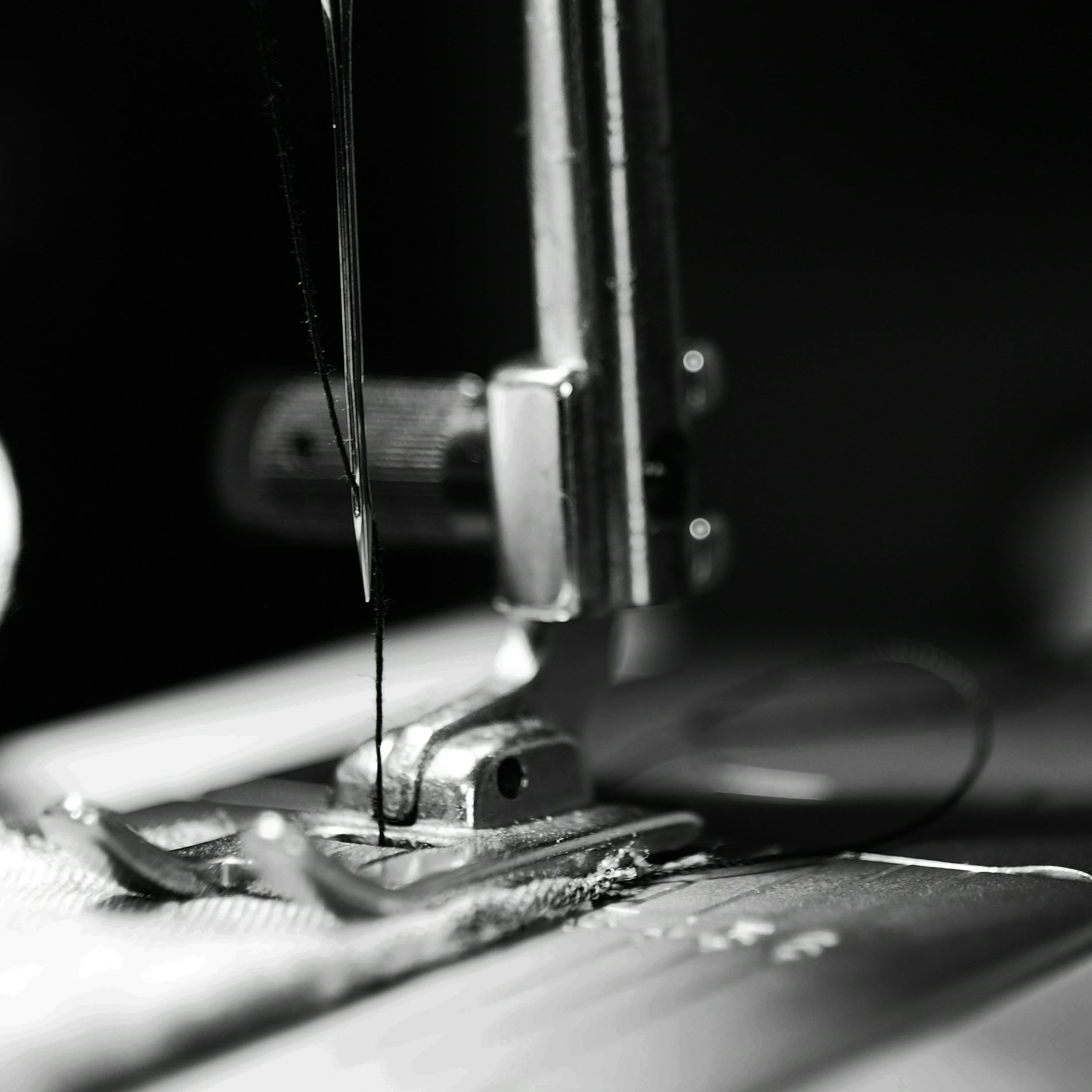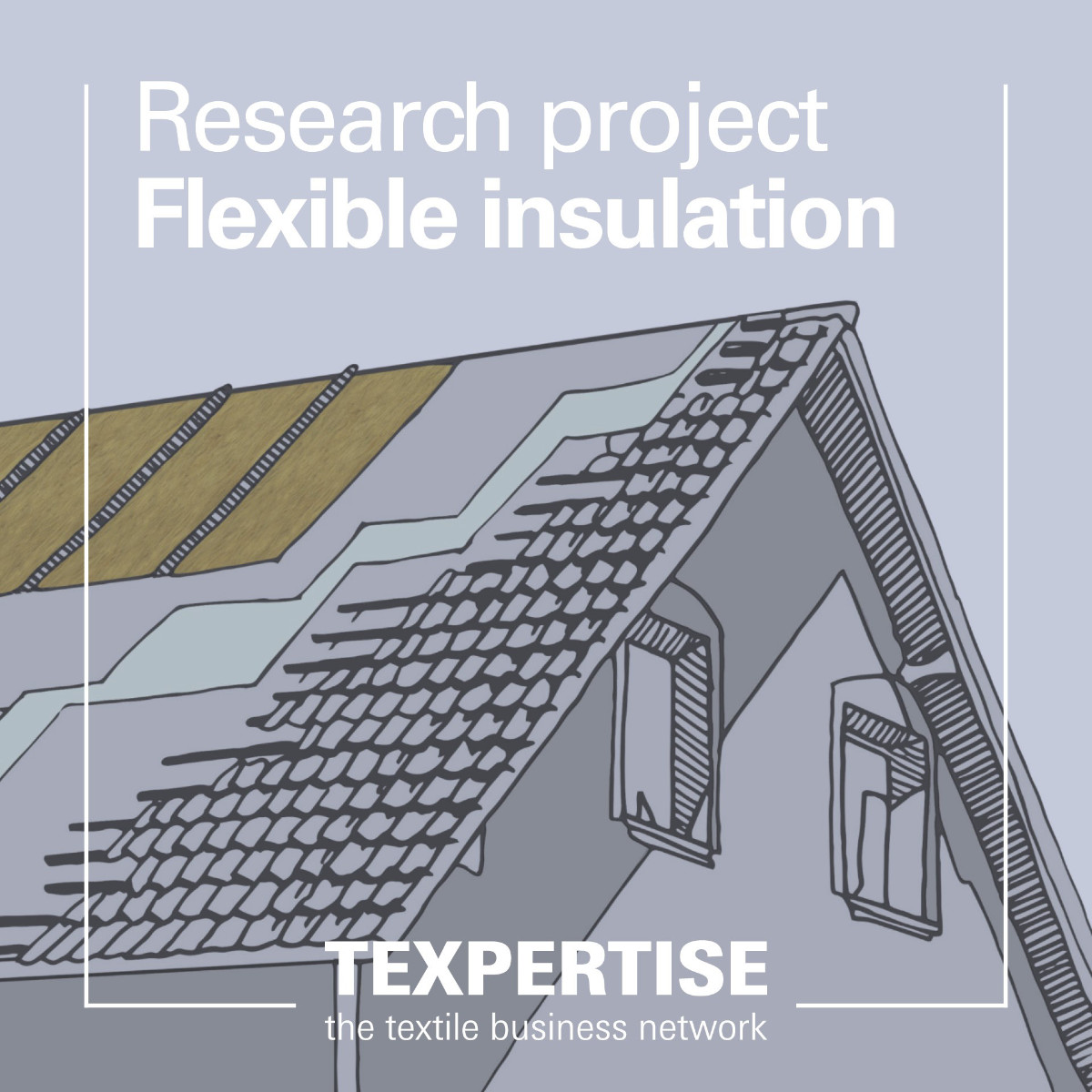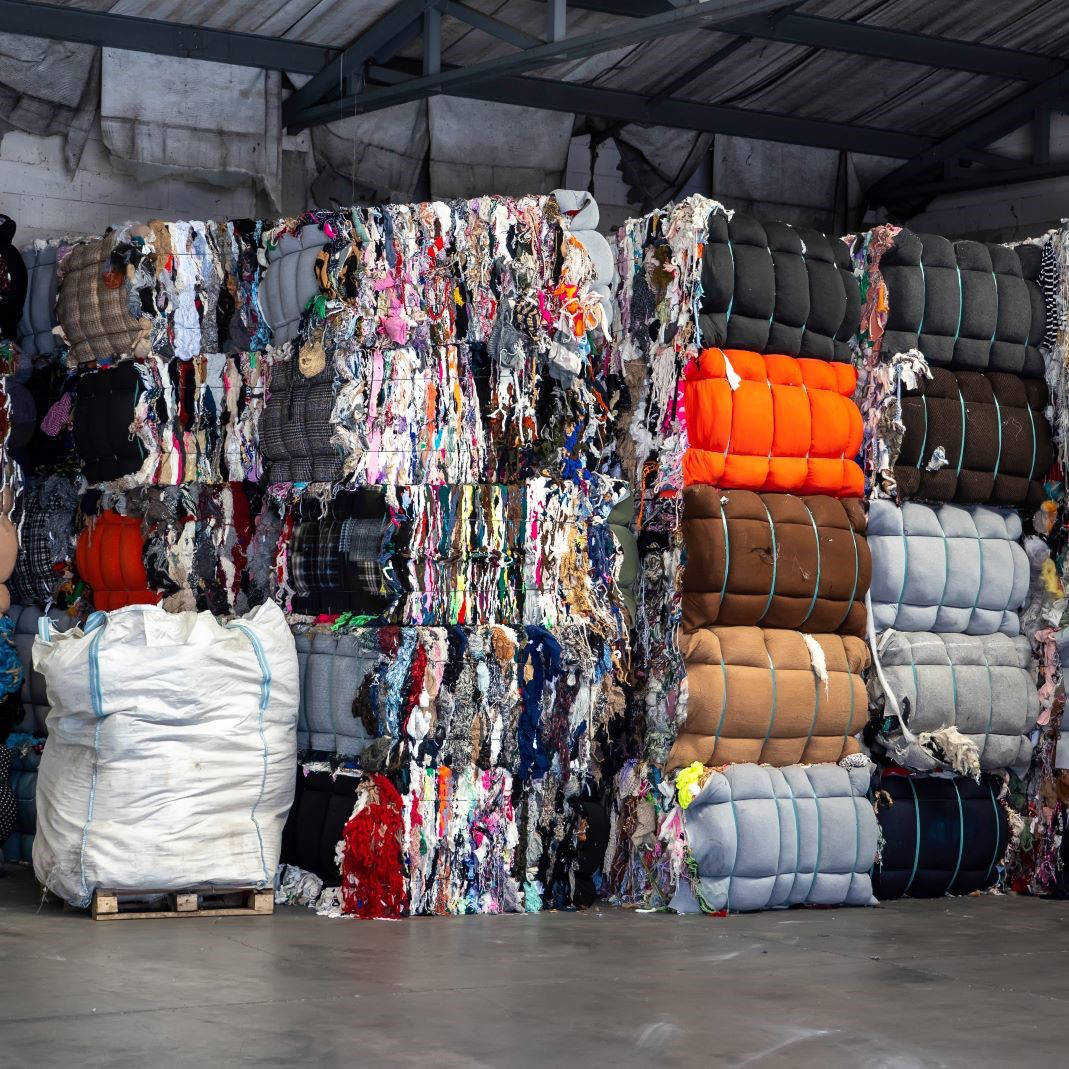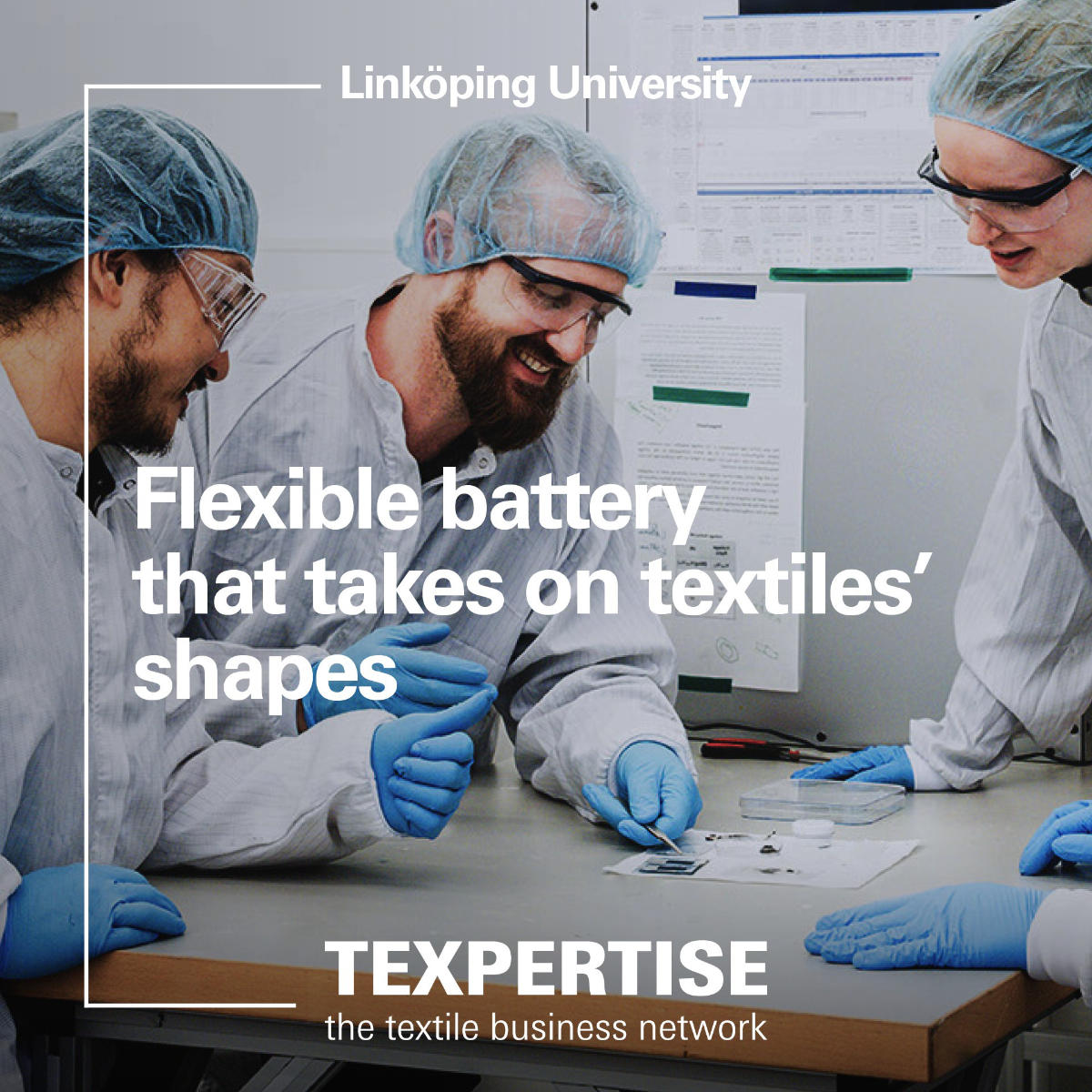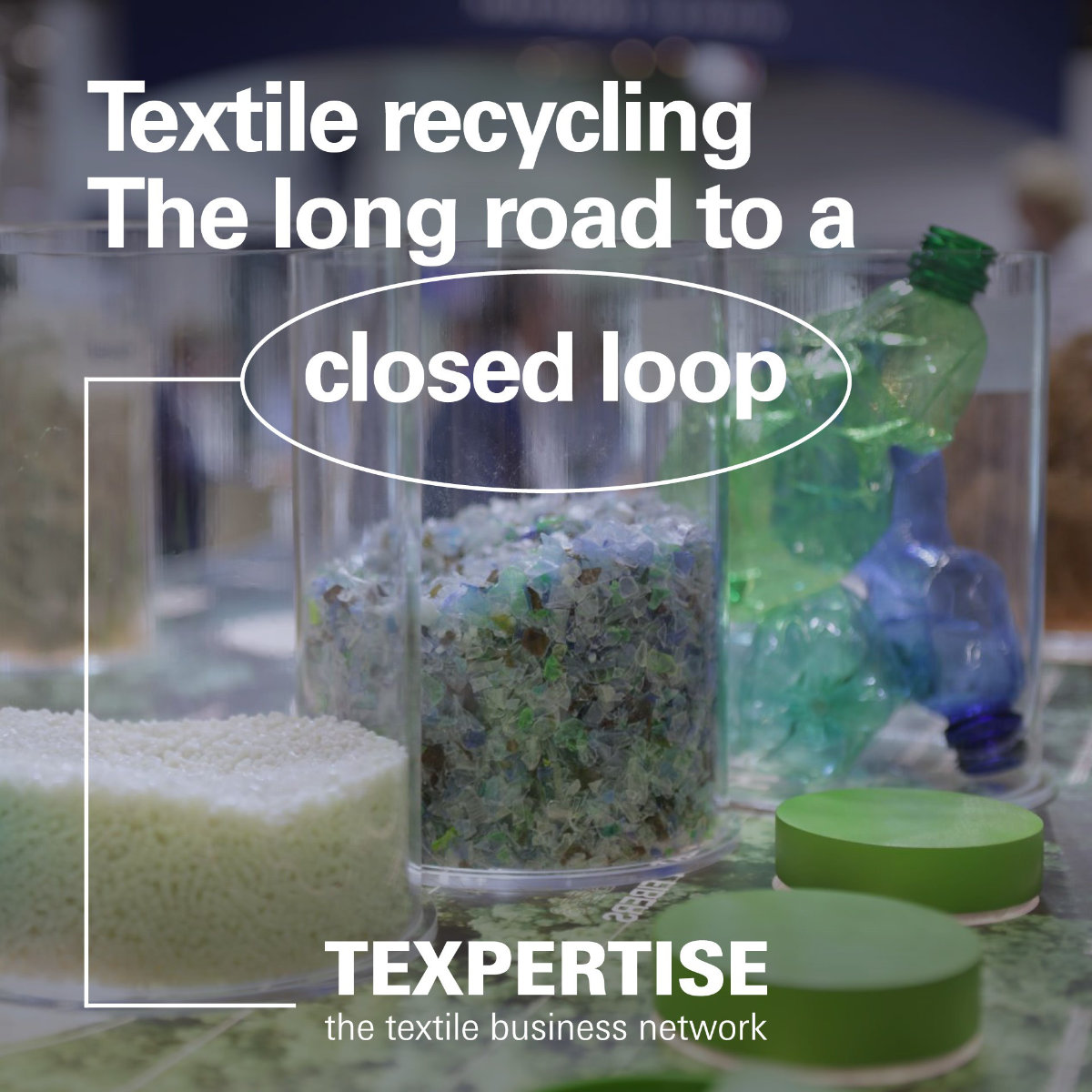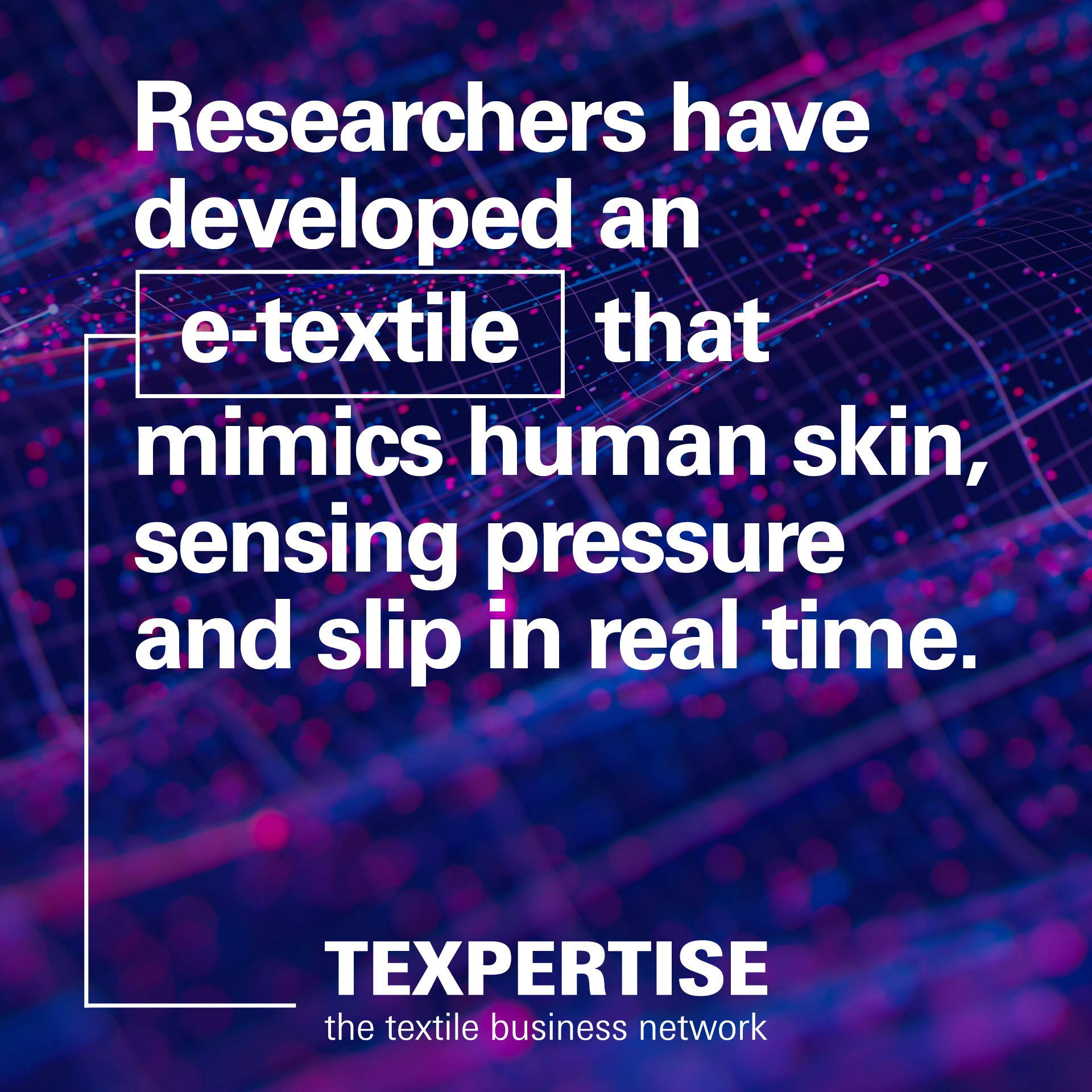Reading time: 2 minutes
Textiles are used in a wide array of sectors: from fashion, workwear and protective clothing to interior design, event decoration and technical applications. Printed textiles are in particularly high demand – from both B2B clients and consumers.
In response, a range of textile printing methods has evolved. These techniques offer flexibility for different materials and design requirements. The choice of printing process depends on the application and on factors such as durability, lightfastness and long-term performance.
Screen printing: proven technology with strong coverage
Screen printing remains a mainstay in industrial textile finishing. Here, ink is pushed through a fine mesh screen directly onto the fabric. The process is ideal for high-volume production and works well on both light and dark materials. It delivers strong colour coverage, excellent wash resistance and a robust print result. However, the creation of screens requires significant preparation time.
Digital printing: flexibility for detailed designs and small batches
With digital printing, the design is applied directly to the fabric – without screens or plates. This makes it particularly suitable for print-on-demand applications and small production runs. The method allows for high-resolution prints and accurate reproduction of fine details and colour gradients. It is fast, adaptable and cost-effective for customisation and short runs.
Sublimation printing: vibrant colours on synthetic fabrics
Sublimation printing produces brilliant colours with impressive depth and intensity. Dyes are converted into gas and infused into the polyester fibres, creating a permanent bond. This results in excellent durability and wash fastness. The method is ideal for large-scale designs but is limited to synthetic fibre materials.
Flex and flock printing: sharp contours and tactile effects
Flex and flock printing are transfer techniques where designs are heat-pressed from a film onto the fabric. Flex printing produces a smooth surface, while flock printing has a velvety, slightly raised texture. Both offer strong opacity, precise contours and can be applied to cotton, polyester and blended fabrics. They are compatible with special effect colours and are known for their abrasion and wash resistance.
Sustainability in modern textile printing
Sustainable textile printing is becoming increasingly important. Customers expect not only eco-friendly fibres but also responsible production processes. The textile industry is actively working to improve the environmental footprint of textile printing technologies.
Examples of sustainable measures include:
- Water-based inks for screen and digital printing (solvent-free and biodegradable)
- Organic cotton, grown without pesticides, providing an ideal base for eco printing
- Recycled fabrics, such as PET bottles or regenerated natural fibres
- Compostable transfer films, which enhance the overall ecological balance
Conclusion: modern textile printing for diverse requirements
Choosing the right printing technology allows companies to develop products that combine design quality, performance and sustainability. Whether for high volumes, customised designs or vibrant colours – modern textile printing techniques open up a wide range of possibilities. When combined with sustainable materials such as organic cotton or recycled fibres, they result in high-quality textile solutions that meet the needs of today’s markets while using resources responsibly.
FAQ – frequently asked questions
Which textile printing methods are currently the most popular?
Screen printing is still widely used for large runs. However, digital direct-to-garment printing is gaining traction, especially for on-demand and personalised products.
What are the main differences between printing methods?
They differ in how the ink bonds with the fabric, which affects colour intensity, material compatibility and durability.
What are the advantages of digital printing?
Because digital printing requires no screens or plates, it is ideal for short runs, rapid implementation and the reproduction of detailed, multi-colour designs.
